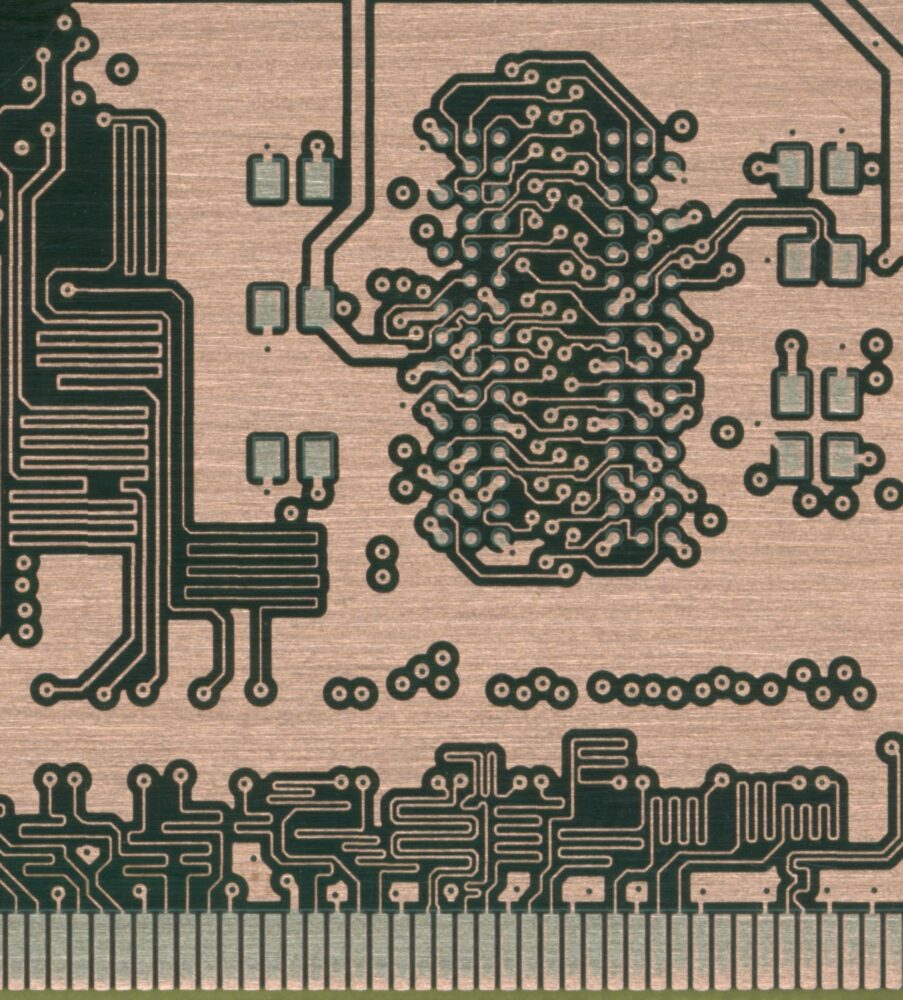PCB RE – Component Rotation Standards
Anytime an engineer designs a PCB, they must always face the question of, “how do I set up these components digitally? When the physical PCB is fabricated and populated, will the components have the proper orientation to make the board functional?”
For a long time, many board shops and fab houses had their own standards for component pinout and rotation for component placement.
“Many large firms have spent millions of dollars creating and implementing their own unique standards for their own ‘Electronic Product Development Automation’. These standards are proprietary to each firm and are not openly shared with the rest of the industry.”
(from mentor.com)

The zero-orientation of a component refers to the location of pin 1. There are 2 different standards for this rotation – the first is referred to as “Level A Zero Component Orientation”, where pin 1 is in the upper left

Above: A resistor and a SOIC on a circuit board, next to their Level A zero rotations.
In either case, component pins typically count upwards in a counterclockwise direction. The components’ theta value/rotation increases as the component is turned counter-clockwise. These two orientation rules are still the predominant rotations you will want to program components with when setting up component centroid and footprint libraries in ScanPLACE and ConvertPLUS. Typically, ScanCAD uses the Level A orientation — most of the boards that go through our Service Bureau for reverse engineering are set up this way.
Below is a link to the standard zero orientation list for components. It is fairly inclusive but you can always ask us about component rotation if you’re not sure!
